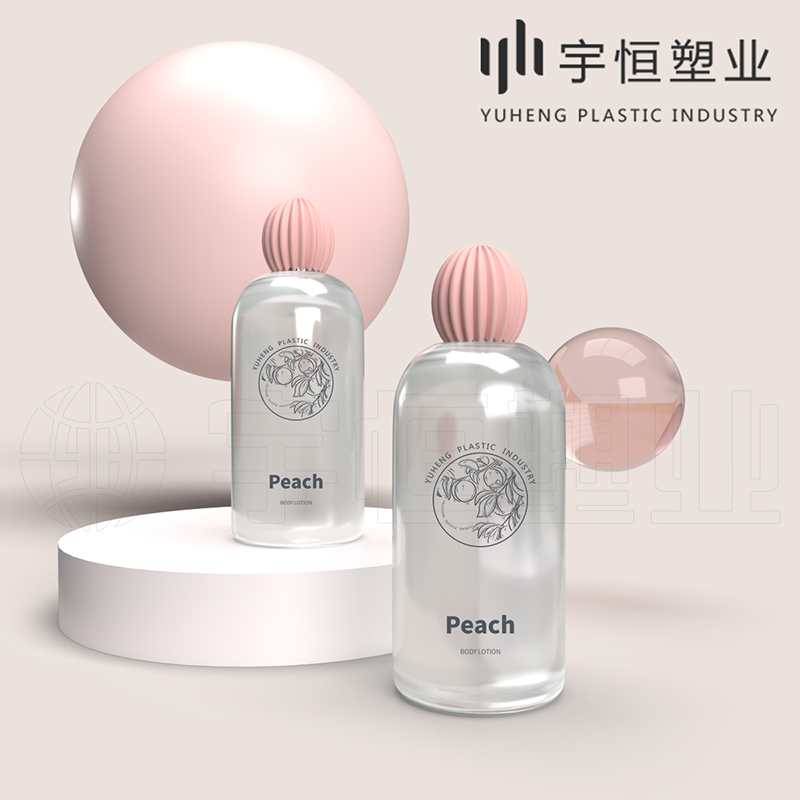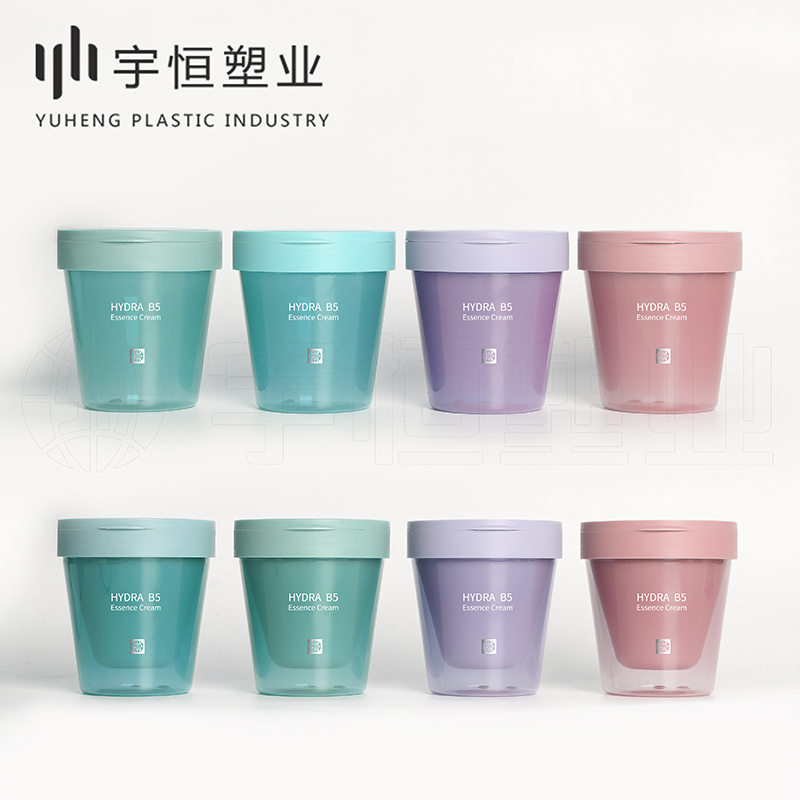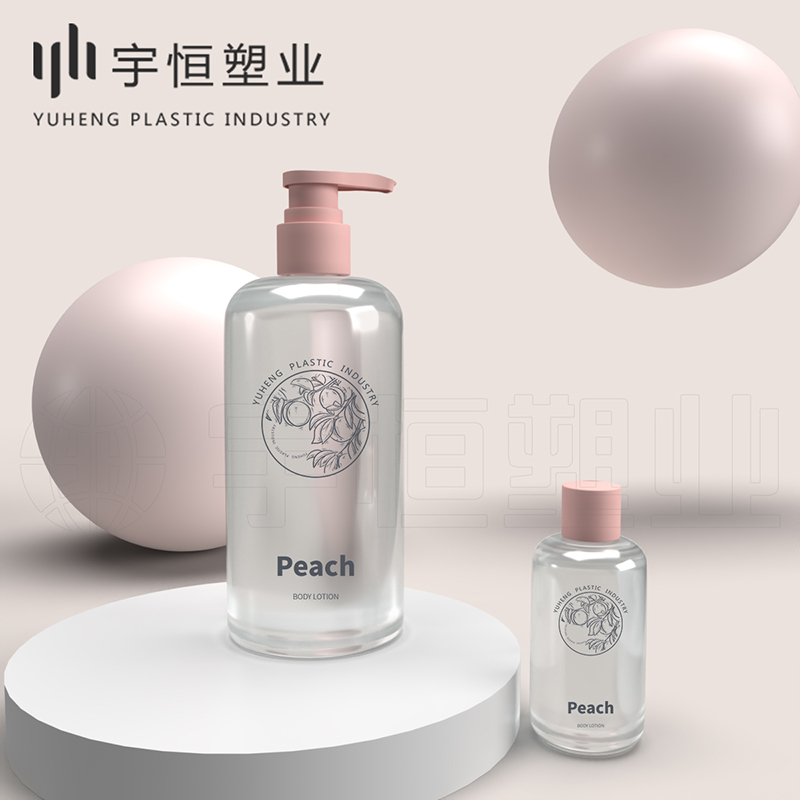In today's cosmetics industry, product packaging is not only an important barrier for protecting the contents but also a key element of brand image and consumer experience. Cosmetic plastic packaging has become the first choice for many brands due to its lightness, durability, ease of molding, and high cost-effectiveness. However, with changes in market trends, shifts in consumer preferences, and increasing environmental protection requirements, the replacement cycle of cosmetic plastic packaging has become a topic worthy of in-depth discussion. This article analyzes the replacement cycle of cosmetic plastic packaging from multiple dimensions and explores when the most suitable time for updating is.

1. Market Trends and Consumer Demands
The cosmetics market is evolving rapidly, with new design concepts, material technologies, and functional packaging constantly emerging. Consumers have increasingly higher aesthetic requirements for packaging, preferring personalized, environmentally friendly, and easily recyclable products. Therefore, brands need to closely monitor market dynamics. When the existing packaging design begins to look outdated or fails to meet the aesthetic and functional needs of the target consumer group, it is time to consider updating. Usually, this can be achieved through market research and consumer feedback collection. It is generally recommended to conduct minor updates every 2-3 years to maintain the brand's freshness and competitiveness.

2. Technological Advances and Material Innovations
With advancements in materials science, new types of plastic materials such as biodegradable plastics, recyclable plastics, and materials with higher barrier properties and lower environmental impacts are being continuously developed. These new materials can not only enhance the sustainability of packaging but also improve product safety and stability. When more environmentally friendly, efficient, or cost-effective new materials emerge, brands should consider incorporating them into their packaging update plans. Technological innovations often occur rapidly, so for brands pursuing the forefront, it is reasonable to assess the possibility of material upgrades every 1-2 years.

3. Regulatory Policies and Environmental Requirements
Globally, environmental regulations on plastic packaging are becoming increasingly stringent, such as the European Union's "Circular Economy Action Plan" and China's "Plastic Limit Order," which place higher environmental requirements on cosmetic plastic packaging. Brands must ensure that their packaging complies with local and exporting country laws and regulations to avoid legal risks and market access barriers due to non-compliance. Therefore, when relevant laws and regulations change or new environmental standards emerge within the industry, brands should immediately assess their impact on existing packaging and make timely updates and adjustments to ensure compliance.

4. Product Lifecycle and Brand Strategy
Every product has its lifecycle, from the introduction stage to the growth stage, maturity stage, and decline stage. The replacement cycle of cosmetic plastic packaging should also match the product lifecycle. During the introduction stage of a new product, packaging design should be more attractive to draw consumer attention; whereas during the maturity stage, more emphasis may be placed on packaging sustainability and cost-effectiveness. Meanwhile, adjustments to the brand's overall strategy, such as brand positioning upgrades and market expansion, are also important factors in determining the timing of packaging updates. Typically, significant adjustments to brand strategy should be accompanied by considerations for packaging innovation.

In summary, the replacement cycle of cosmetic plastic packaging is not static but influenced by multiple factors such as market trends, technological advancements, regulatory policies, product lifecycle, and brand strategy. A reasonable update strategy should be flexible and forward-looking, capable of keeping pace with the market while meeting regulatory requirements, while also balancing cost-effectiveness and environmental protection. Brands should regularly assess these factors and develop the most suitable packaging replacement cycle based on actual situations to ensure they maintain a leading position in the fiercely competitive market while also winning the favor and respect of consumers.




